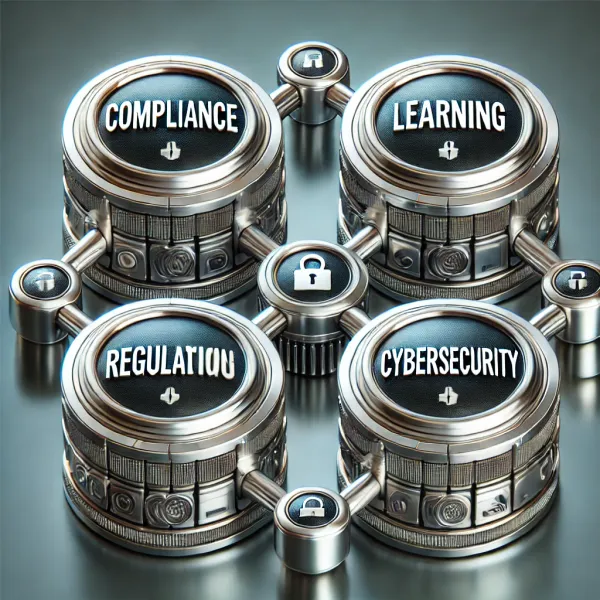Understanding RAG and KAG: Revolutionizing AI in Compliance Assessment
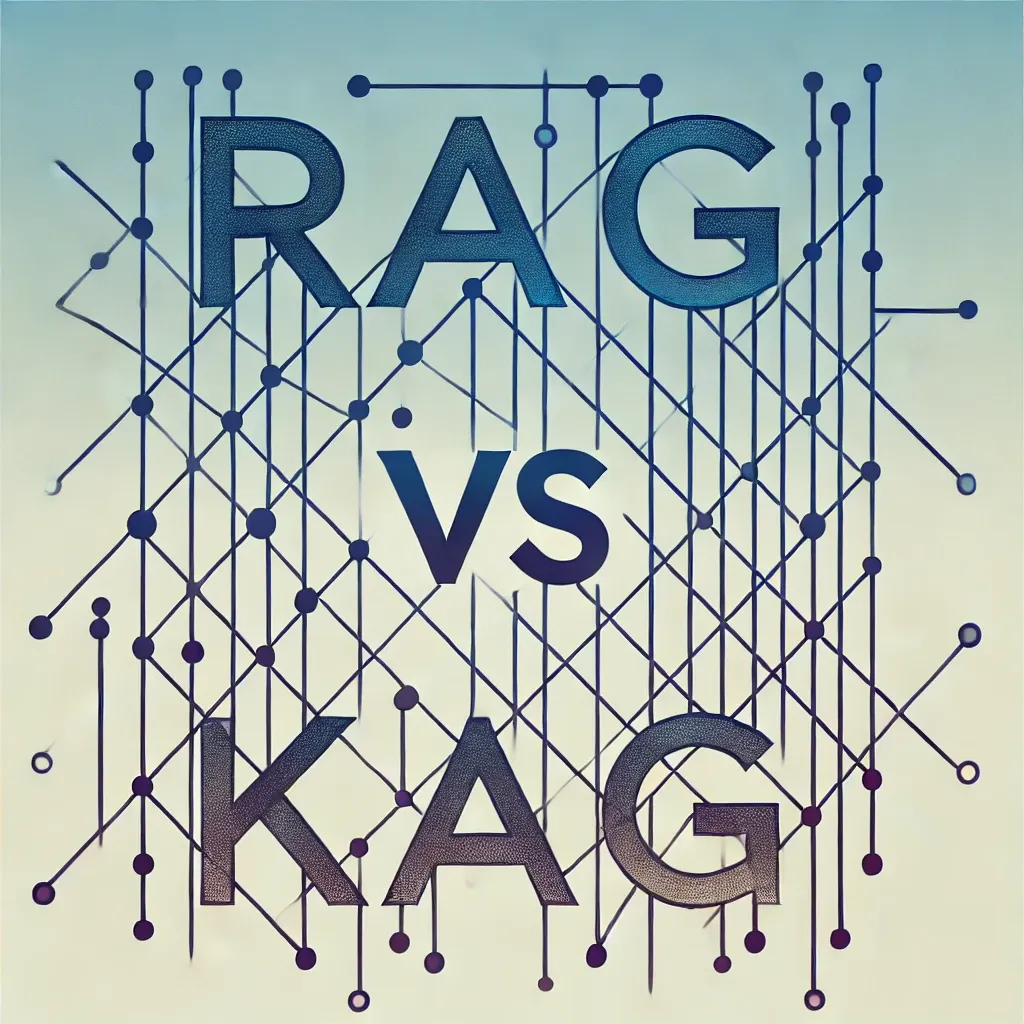
In the rapidly evolving landscape of artificial intelligence, two technologies stand out for their potential to transform how businesses operate: Retrieval-Augmented Generation (RAG) and Knowledge-Augmented Generation (KAG).
As a B2B AI-based SaaS solution specializing in compliance assessment, we leverage these cutting-edge technologies to help corporations navigate the complexities of regulatory compliance. This article delves into the intricacies of RAG and KAG, explaining their mechanisms, advantages, disadvantages, and practical use cases, positioning us as thought leaders in the AI compliance space.
1) What is Retrieval-Augmented Generation (RAG)?
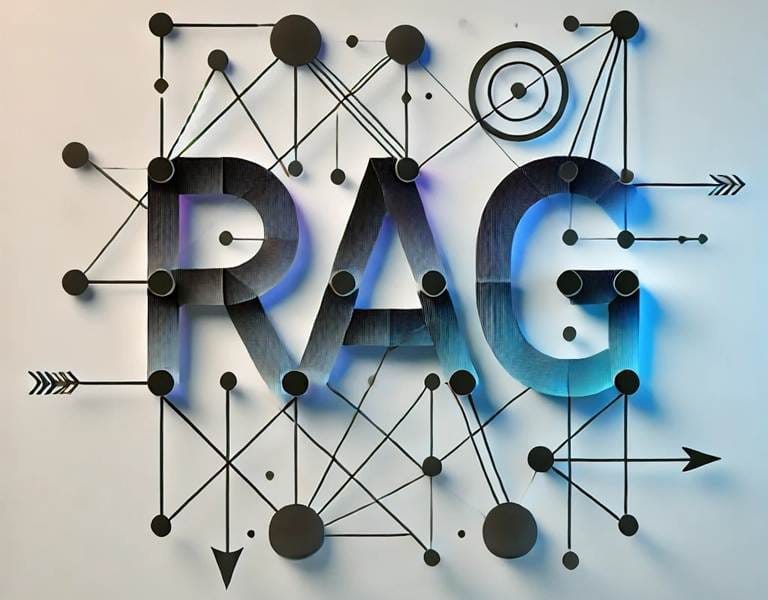
Retrieval-Augmented Generation (RAG) is an advanced AI technique that combines the power of information retrieval with generative models. Essentially, RAG enhances the capabilities of AI models by allowing them to retrieve relevant information from a vast database or the internet before generating a response. This process ensures that the responses are not only coherent but also contextually appropriate and up-to-date.
How RAG Works
The RAG model operates in a multi-step process. First, when a query is made, the model retrieves relevant documents or snippets of information from a predefined database or the web. This retrieval step is crucial as it provides the model with the most current and pertinent data available.
Following this, the retrieved information is integrated into the generative model, providing it with the necessary context to generate an accurate and relevant response. The final step involves the model generating a coherent and contextually appropriate response based on the retrieved information.
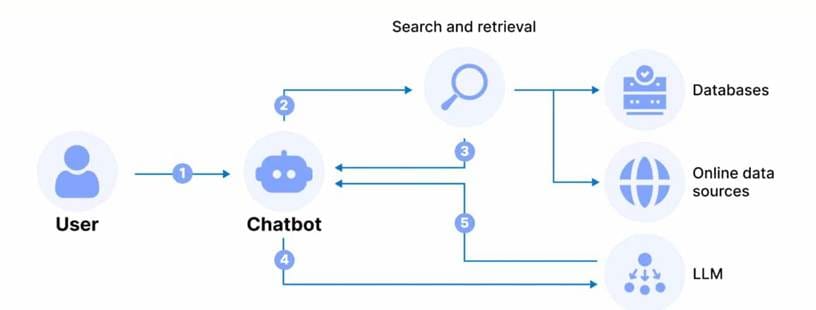
Advantages of RAG
One of the primary advantages of RAG is its ability to access up-to-date information, making it ideal for applications requiring current data. This capability allows RAG models to provide responses that reflect the latest developments or changes, which is particularly valuable in fields where information is constantly evolving.
Additionally, RAG is highly flexible, capable of handling a wide range of queries, even those that are highly specific or niche. This flexibility makes RAG suitable for diverse applications where the scope of queries can vary significantly. Furthermore, RAG allows for personalization, enabling responses to be tailored to the user's needs based on the information retrieved. This personalization enhances the relevance and usefulness of the responses generated.
Disadvantages of RAG
Despite its advantages, RAG does have some limitations. One significant drawback is its dependency on external sources. The quality of responses generated by RAG models depends heavily on the accuracy and reliability of the retrieved information.
If the external sources are not reliable or up-to-date, the responses may be compromised. Additionally, the retrieval process can introduce latency, affecting response times. This latency can be a concern in applications where timely responses are critical.
Use Cases for RAG
RAG's ability to provide up-to-date and flexible responses makes it suitable for various use cases in compliance assessment. One key application is real-time compliance monitoring. RAG can be used to monitor regulatory changes in real-time, ensuring that corporations are always aware of the latest compliance requirements. This capability is invaluable in industries where regulatory environments are dynamic and subject to frequent changes.
Another use case is dynamic reporting, where RAG can generate compliance reports that incorporate the most recent data and regulatory updates. This ensures that reports are always current and reflect the latest compliance status. Additionally, RAG can enhance customer support by providing accurate and up-to-date responses to compliance-related queries from clients, thereby improving customer satisfaction and trust.
2) What is Knowledge-Augmented Generation (KAG)?
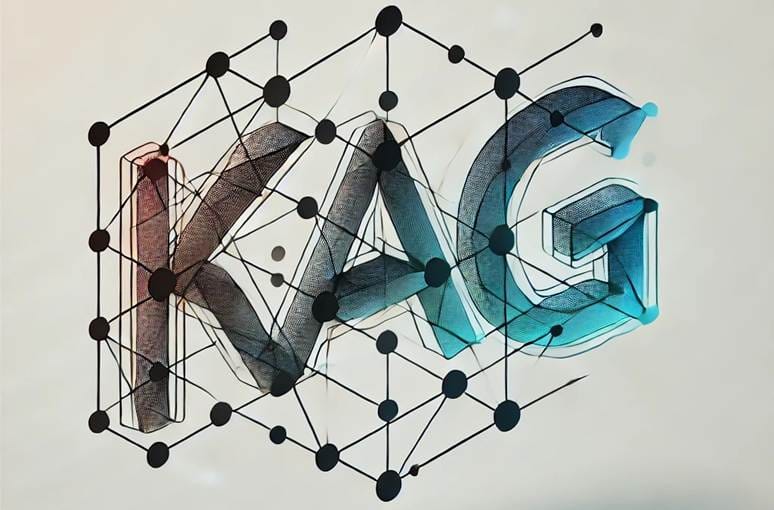
Knowledge-Augmented Generation (KAG) is another powerful AI technique that leverages structured knowledge bases to enhance the generation of text. Unlike RAG, which relies on retrieving information from external sources, KAG uses a curated and structured knowledge base to inform its responses. This approach ensures that the responses are not only contextually appropriate but also factually accurate.
How KAG Works
The KAG model operates by maintaining a structured repository of verified information, known as a knowledge base. When generating a response, the model refers to this knowledge base to ensure accuracy and coherence.
This structured knowledge base serves as a reliable source of information, enabling the model to produce responses that are both contextually appropriate and factually accurate. The process involves integrating the knowledge from the base into the generative model, which then generates responses based on this verified information.
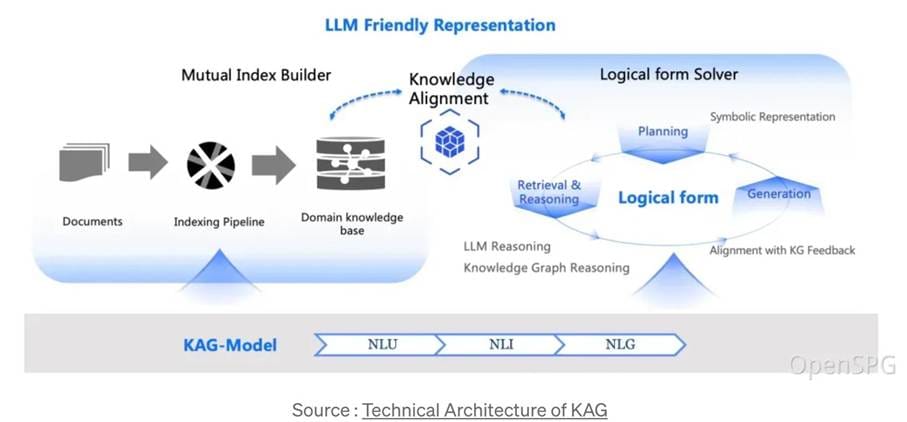
Advantages of KAG
One of the primary advantages of KAG is the reliability of its responses. Since KAG models rely on a structured knowledge base of verified information, the responses are highly accurate. This reliability is crucial in applications where factual accuracy is paramount.
Additionally, KAG ensures consistency in responses. The use of a structured knowledge base helps maintain consistency, even when handling complex or varied queries. This consistency is valuable in applications where uniformity in responses is essential.
Another advantage of KAG is its scalability. The knowledge base can be easily updated and scaled to include new information, allowing the model to adapt to changing requirements and expand its scope.
Disadvantages of KAG
While KAG offers several advantages, it also has some limitations. One significant drawback is the maintenance required to keep the knowledge base up-to-date. Ensuring that the knowledge base is current and comprehensive requires ongoing effort and resources.
Additionally, KAG may have limited flexibility compared to RAG. Since KAG relies on a structured knowledge base, it may not be as adaptable to queries that fall outside the scope of the knowledge base.
This limitation can be a concern in applications where the range of queries is highly diverse or unpredictable.
Use Cases for KAG
KAG's strengths make it suitable for various use cases in compliance assessment. One key application is regulatory compliance training. KAG can be used to develop training modules that provide accurate and consistent information on regulatory requirements.
This ensures that training materials are reliable and up-to-date, which is crucial for effective compliance training. Another use case is automated compliance audits. KAG can conduct audits based on a structured set of compliance rules and regulations, ensuring that audits are thorough and consistent.
Additionally, KAG can be used for policy generation, where it can generate compliance policies and procedures that are consistent with regulatory standards. This capability ensures that policies are accurate and aligned with the latest regulatory requirements.
3) RAG vs. KAG: Choosing the Right Technology
When to Use RAG
RAG is ideal for applications requiring real-time data. Its ability to access up-to-date information makes it suitable for scenarios where current data is crucial.
Additionally, RAG is well-suited for handling dynamic and varied queries. Its flexibility allows it to adapt to a wide range of queries, making it valuable in applications where the scope of queries can vary significantly.
When to Use KAG
KAG is best for applications requiring high accuracy. Its reliance on a structured knowledge base ensures that responses are reliable and consistent, making it ideal for scenarios where factual accuracy is paramount.
Additionally, KAG is suitable for applications that rely on a well-defined set of rules or regulations. Its ability to provide consistent and accurate responses based on a structured knowledge base makes it valuable in such contexts.
Head-to-Head comparison
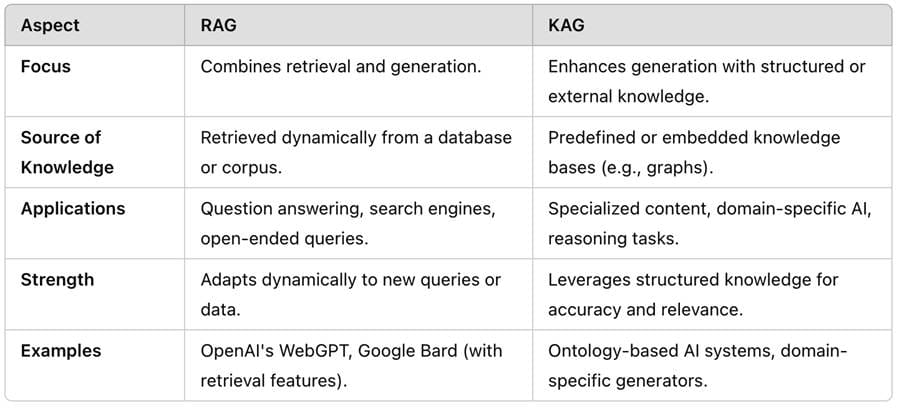
Conclusion
As leaders in AI-driven compliance solutions, we recognize the transformative potential of RAG and KAG technologies. By leveraging these advanced AI techniques, we empower corporations to navigate the complexities of regulatory compliance with confidence.
Whether it's through real-time monitoring, dynamic reporting, or automated audits, our solutions are designed to provide accurate, reliable, and up-to-date compliance assessments. Stay tuned for more insights into how we are shaping the future of compliance with AI.


